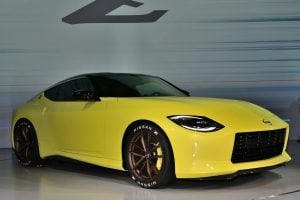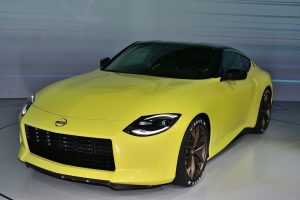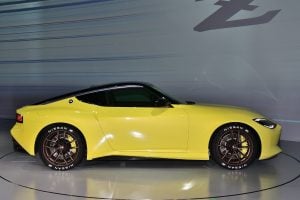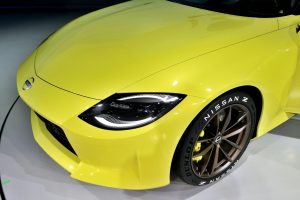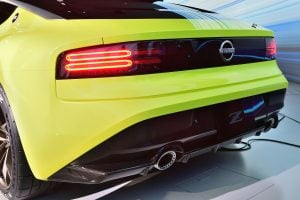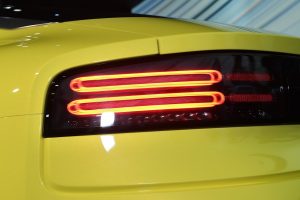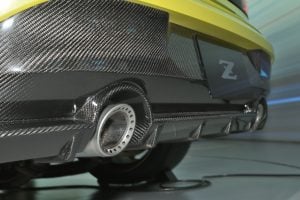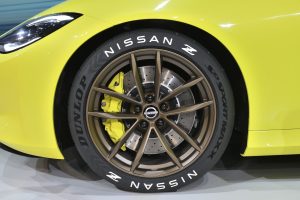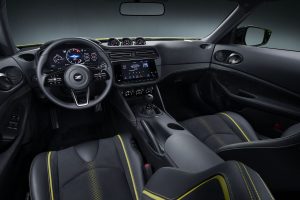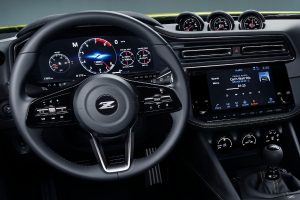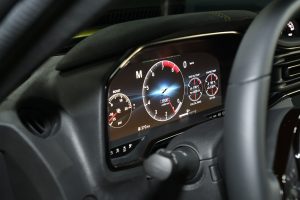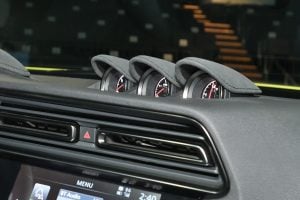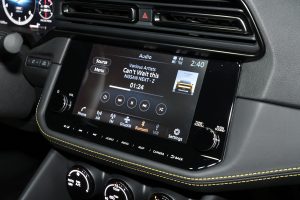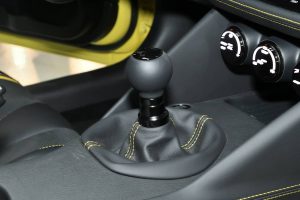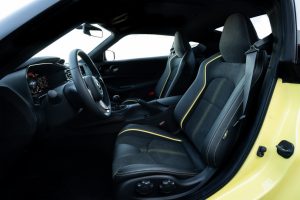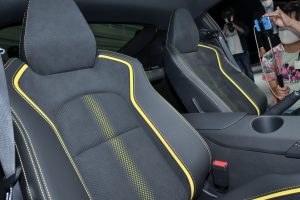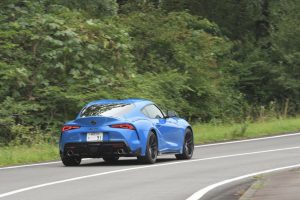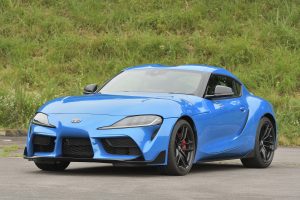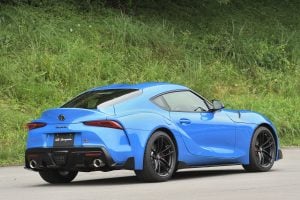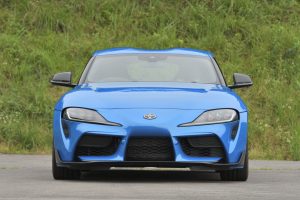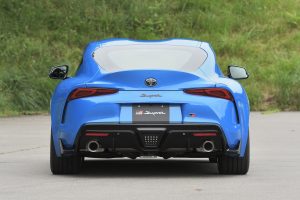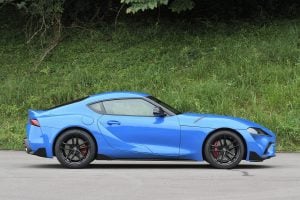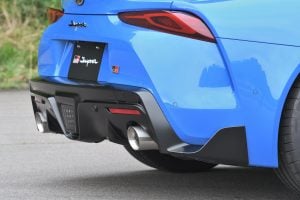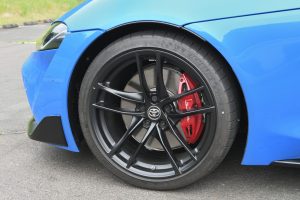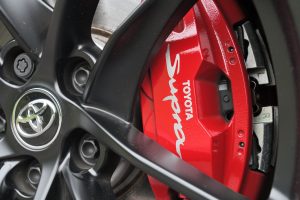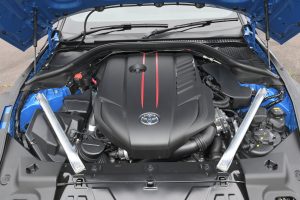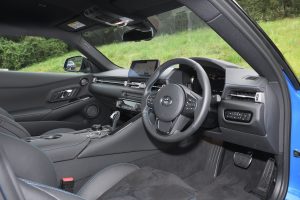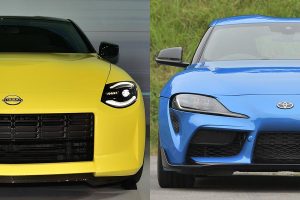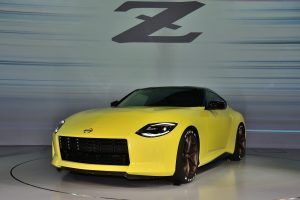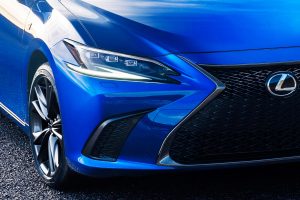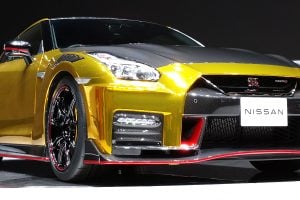Nissan has unveiled the Z Proto, and its rival will be the Toyota GR Supra. Here is an in-depth comparison of the two cars, including their similarities and differences.
A dream match of the legendary cars
On September 16, 2020, Nissan unveiled the prototype of the next generation Z. Since then, Z fans have been talking about the new car.
A rival who shares the same two-seater sports coupe characteristics is the Toyota GR Supra. So let’s compare the two cars based on infos we currently know.
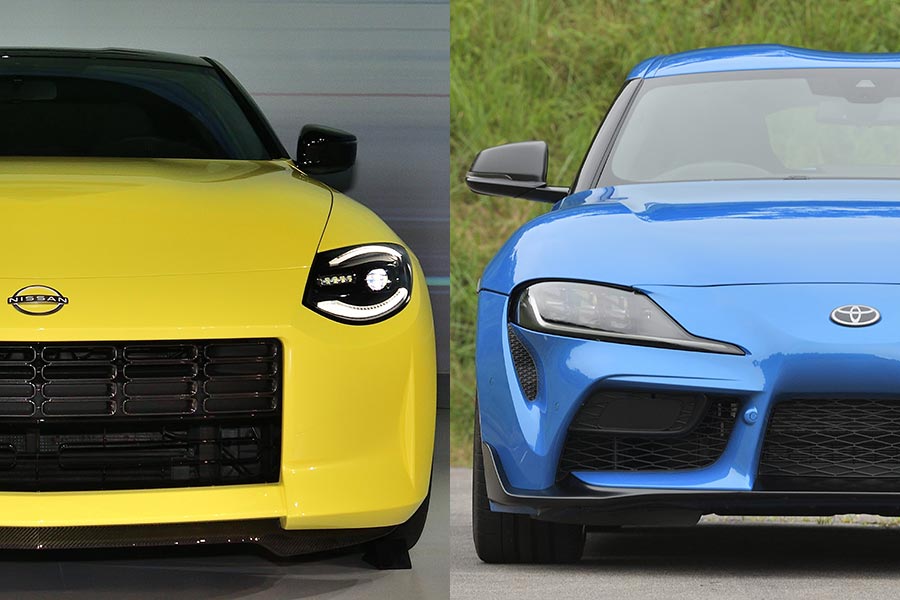
The new Z a design that combines the tradition of the Z heritage with a modern touch.
Overall design adopts the silhouette of the original S30, and emphasizes the coupe body having a longer nose with shorter rear.
Body dimensions are 4382 mm x 1850 mm x 1310 mm (172.5 in. x 72.8 in. x 51.5 in.), which is 122 mm (4.8 in.) longer, 5 mm (0.2 in.) wider, and 5 mm (0.2 in.) shorter in height. We can see that the body has been longer when compared to the 370Z.
When we look at the designs, the first thing we realize is the “U-shaped” headlights that come from the first generation 240ZG. A square grille opening, and the tail lights also come from the previous Z models.
The GR Supra, on the other hand, started its sales in May 2019, marking a 17-year revival since the previous Supra (JZA80), which ended in 2002.
The GR Supra was co-developed with BMW to share the engine and platform with BMW’s Z4, but each company has its own design.
Body dimensions for the GR Supra are 4380 mm x 1865 mm x 1295 mm (172.4 in. x 73.4 in. x 50.9 in.), and when compared to the Z Proto, the GR Supra is 15 mm (0.6 in.) wider and lower both in overall width and height.
The GR Supra also has a long front nose and a short rear cabin. With having a short wheelbase and tires with large diameter, it emphasizes the presence of the wheels.
You can see some essences from the famous 2000GT or the previous Supra, from the raised roof lines. Volumed fenders with inward-drawn headlights and condensed body designs are also something that you can find in those models too.
For the interior, both cars have achieved a cutting-edge design befitting a modern sports car.
The new Z is equipped with a 12.3-inch full digital meter display. This function, which assists sports driving by alerting the driver to upshift at the right timing, was inspired by the ideas from professional racers.
The upper part of the instrument panel is equipped with three additional gauges, which is also something that we can find in previous models. It carries tradition while having the latest design.
For the GR Supra, gauges, paddle shifter, and steering switches are all tightly integrated to enhance sport driving. The result is a new cockpit that wraps around the driver in a compact form.
The meter panel features an 8.8-inch HD color display. Information necessary for sports driving, such as the tachometer and shift indicator, is concentrated in the center, and the layout allows the driver to focus naturally through the compact steering.
The design of the center display and shifter, as well as the indicator lever being on the left side, are characteristics of the Supra that are shared with the German counterpart.

